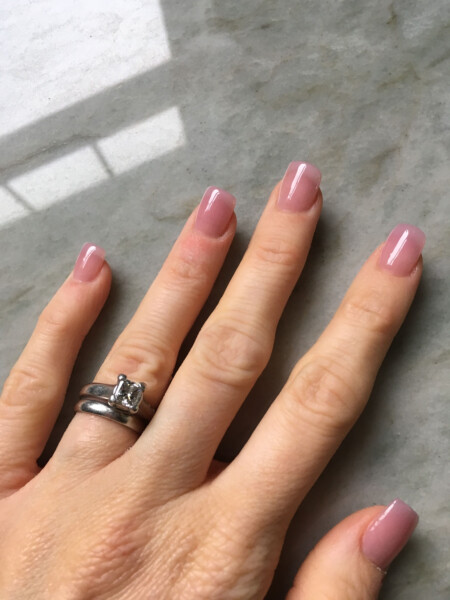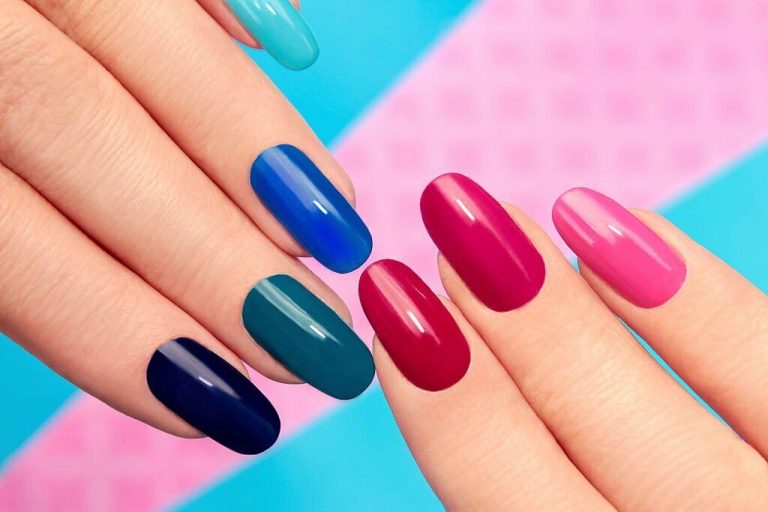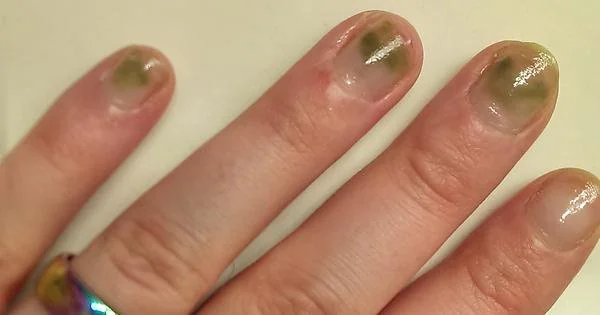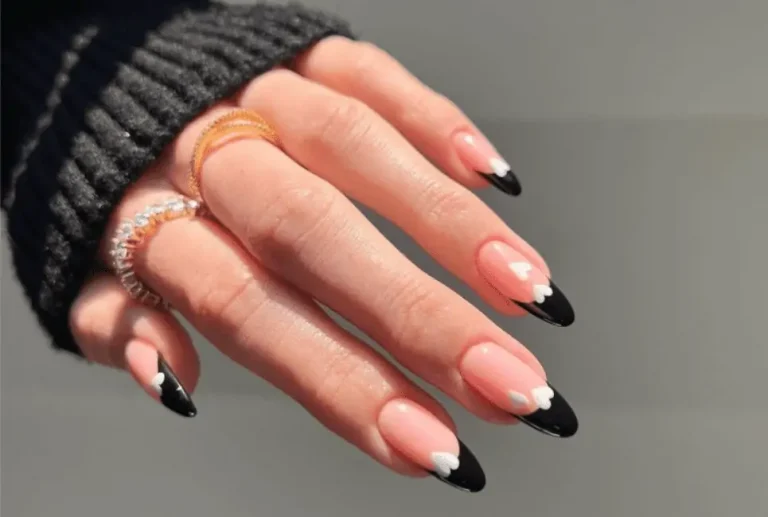Dip Powder Nail Pain: Causes and Prevention Tips
Dip powder nails have become my go-to manicure option over the last couple of years. I love how long-lasting, strong, and shiny they are. However, I’ve noticed that my nails sometimes hurt after getting a dip powder manicure. If you’ve experienced a similar discomfort, you’re not alone.
Let’s explore some of the common reasons why dip powder nails may cause pain, along with tips to prevent and treat any post-manicure discomfort.
Improper Nail Bed Preparation
Contents
- Improper Nail Bed Preparation
- Using Low-Quality Products
- Allergic Reaction
- Overly Softening Nails and Cuticles
- Too Close to Previous Injuries
- Poor Removal Process
- Can Dip Powder Damage My Natural Nails?
- How to Heal Nails After Dipping
- Home Remedies for Post-Manicure Discomfort
- When to Seek Medical Attention
- The Takeaway on Sore Nails After Dip Powder
- Nails Hurt After Dip Powder FAQs
One of the most common reasons for pain after dip powder application comes down to improper preparation of the natural nails. Here are a couple mistakes to avoid:
Too Much Buffing
It’s important to lightly buff off the top layer of your natural nails before applying dip powder. This allows the powder to adhere properly. However, over-buffing can cause pain by stripping away too many layers and allowing the chemicals in dip powders to seep deeper into the nails and surrounding skin.
The Fix: Be very gentle when buffing natural nails before a dip manicure. Just lightly smooth over the surface to remove the top thin layer of keratin. Avoid repetitive back-and-forth motions.
Pushed Cuticles Too Far
Pushing back the cuticles around your nails is also an essential step in preparing your nails for dip powder. However, being too aggressive with cuticles can definitely lead to pain and discomfort afterwards.
The Fix: Be very gentle when pushing back cuticles. Avoid cutting them. Simply use an orangewood stick to gently push them back slightly from the nail plate. Never push so far that it causes pain or bleeding.
Using Low-Quality Products
While it may be tempting to save money on discount dip powder kits, this can backfire and cause issues. Cheaper kits often use questionable ingredients that can irritate the skin and nails.
One additive to watch out for is methyl methacrylate (MMA). This chemical helps harden nails quickly but is actually banned for use by the FDA. Exposure to MMA can cause pain, itching, and other reactions. Investing in a professional grade gel or powder system from a reputable brand will help avoid this.
Allergic Reaction
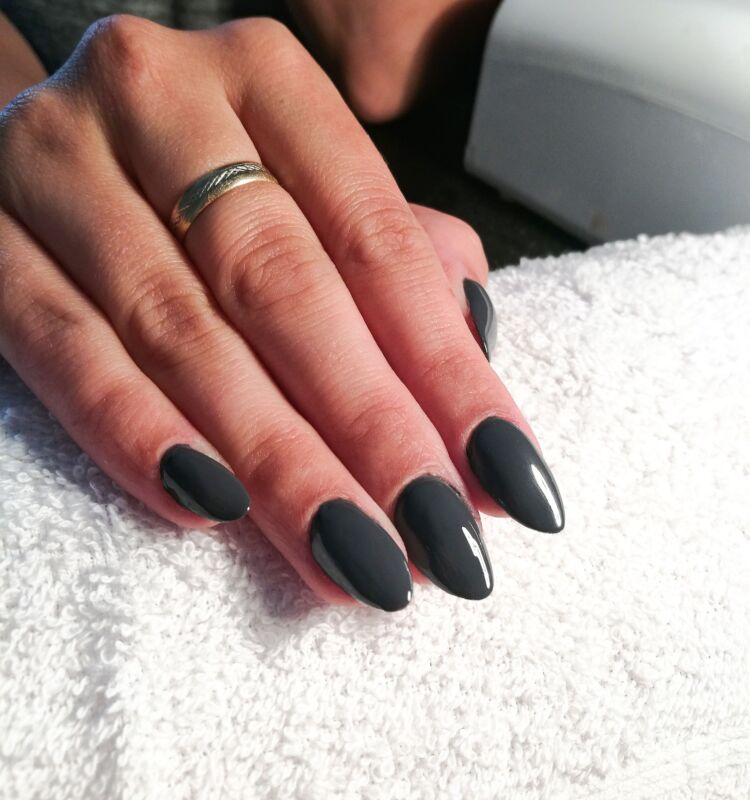
Some people discover they have an allergy to an ingredient in dip powders or ancillary products used in the manicure process. Common symptoms of an allergic reaction include redness, itching, swelling, small fluid-filled bumps, and pain or soreness around the nails.
The Fix: If you notice these worrisome symptoms, remove the dip nails immediately. Seek medical attention if the reaction is severe. You may need to avoid using dip powders going forward and explore other manicure options that don’t cause this sensitivity.
Overly Softening Nails and Cuticles
It’s natural to want to moisturize your nails and cuticles before a manicure. However, applying too much cuticle oil or moisture right before dip powder application can backfire. The nail beds become overly softened and are unable to provide a solid base for the powder.
The Fix: Use cuticle oil and hand cream after your dip manicure instead of before. This allows the product to penetrate and hydrate without interfering with bonding.
Too Close to Previous Injuries
Be mindful of any recent cuts, scrapes, or other injuries to the skin around your nails. The chemicals in dip powder kits can seep into open wounds, causing major discomfort.
The Fix: Avoid dip powders until your skin has fully healed. The chemicals commonly cause stinging and burning when applied near fresh wounds.
Poor Removal Process
Taking off your dip powder manicure properly is just as important as applying it correctly. If you rip off chunks of powder or scrape at your nails carelessly, it can definitely lead to soreness afterwards.
The Fix: Follow the proper dip powder removal steps. Gently file off the top coat, soak nails in pure acetone for 10-15 minutes, then gently push off the powder. Avoid scraping tools or picking at your nails.
Can Dip Powder Damage My Natural Nails?
While dip powder manicures come with some advantages over other artificial nail options, they aren’t completely without risks. Here are a few potential negatives to be aware of:
- Sanitary concerns when multiple clients double-dip brushes and powders at salons.
- Improper application and removal can damage the natural nails and surrounding skin.
- Can weaken natural nails if worn constantly without breaks.
Overall though, the risks are fewer compared to acrylics or gel manicures when properly applied by a skilled technician using quality products.
How to Heal Nails After Dipping
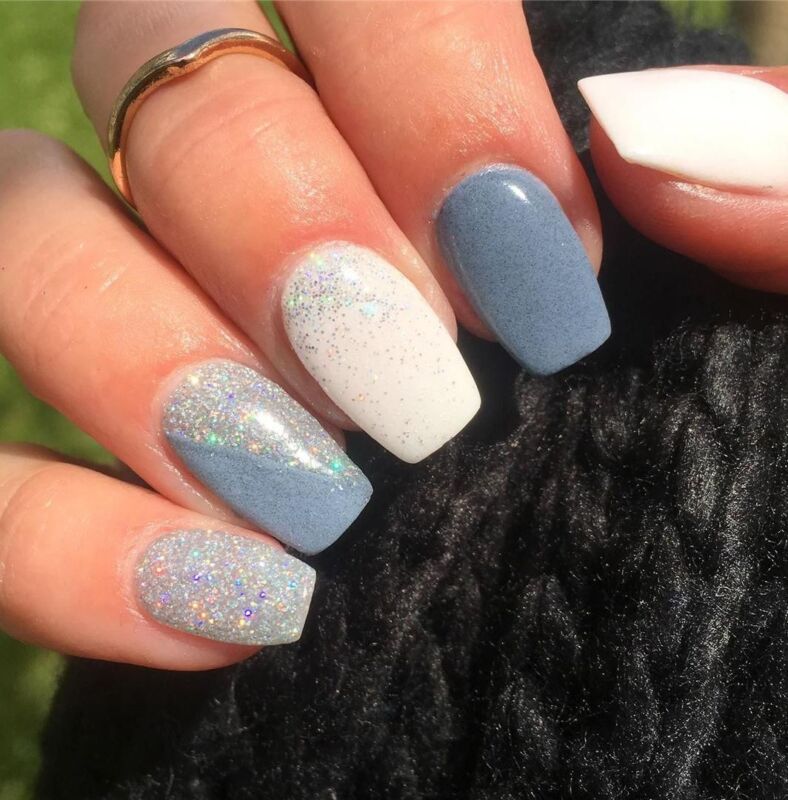
If your nails are feeling damaged or sore following a dip powder manicure, focus on nourishing them back to health:
- Apply cuticle oil daily to stimulate growth and hydrate.
- Take occasional breaks in between dip powder manicures.
- Moisturize hands regularly to prevent dryness.
- Drink plenty of water to stay hydrated.
Home Remedies for Post-Manicure Discomfort
If your nails are sensitive or hurting after dip powder application, there are a few natural home remedies you can try for relief:
Warm Water Soak
Soak the tender nails in warm water for 10-15 minutes. This can help reduce inflammation and swelling.
Ice Pack
Apply an ice pack wrapped in a towel to numb nerve endings and bring down any swelling or inflammation.
Aloe Vera Gel & Vaseline
Apply soothing aloe vera gel or Vaseline to the nail beds to calm redness, itching, and tenderness.
Hydrating Hand Cream
Gently massage some rich hand cream into the nails and surrounding skin to deeply moisturize the area.
When to Seek Medical Attention
In most cases, minor post-dip powder nail pain can be treated at home. However, certain symptoms do require medical attention. Seek help if you notice:
- Significant swelling, redness, or changes in nail color
- Pus or discharge coming from the nail beds
- Fever or chills along with nail pain or swelling
- Green or black discoloration under the nail
These could be signs of a nail infection or more serious reaction requiring proper diagnosis and medication.
The Takeaway on Sore Nails After Dip Powder
While dip powder manicures have become hugely popular for their damage-resistant finish, improper application can unfortunately lead to nail pain and discomfort. Be mindful during the process and speak up if your nails are being buffed or cuticles handled too aggressively.
Invest in quality products and take breaks between manicures whenever possible. If you do experience any post-dip powder discomfort, try soaking in warm water and applying natural oils. Seek medical care for any severe or worsening reactions.
With proper preparation and care, dip powder manicures can be an easy, long-lasting manicure option without nail damage or pain.
Nails Hurt After Dip Powder FAQs
Why does my nail bed burn after getting dip powder nails?
A burning sensation can occur if your natural nails were over-buffed or if the dip powder products contain harsh chemicals you are sensitive to. Avoid excessive buffing and test different high-quality dip powder kits to find one that doesn’t cause discomfort.
How long should I wait between dip powder manicures?
It’s generally recommended to take a break of 2-3 weeks between dip powder applications. This allows your natural nails time to recover and breathe between treatments.
What helps sore nails after removing dip powder?
Apply a nourishing cuticle oil daily to hydrate and soothe tender nails after removing dip powder. You can also try soaking in warm water, icing for inflammation, and gently massaging in aloe vera gel or hand cream.
Why do my nail beds throb after getting a dip manicure?
Throbbing nail beds after dip powder are likely due to trauma from over-filing the natural nails or improper removal techniques. Avoid picking at your nails when taking off dip powder. Follow correct removal steps to prevent damage.
How can I prevent pain from dipping powder nails?
Only allow light buffing of natural nails, avoid cutting cuticles, use high-quality products, and take breaks between manicures. Also be very gentle when removing dip powder to prevent trauma and discomfort.

Founded by Sophia Rodriguez, IGXO Cosmetics is a PETA-certified, cruelty-free, and vegan makeup brand.
